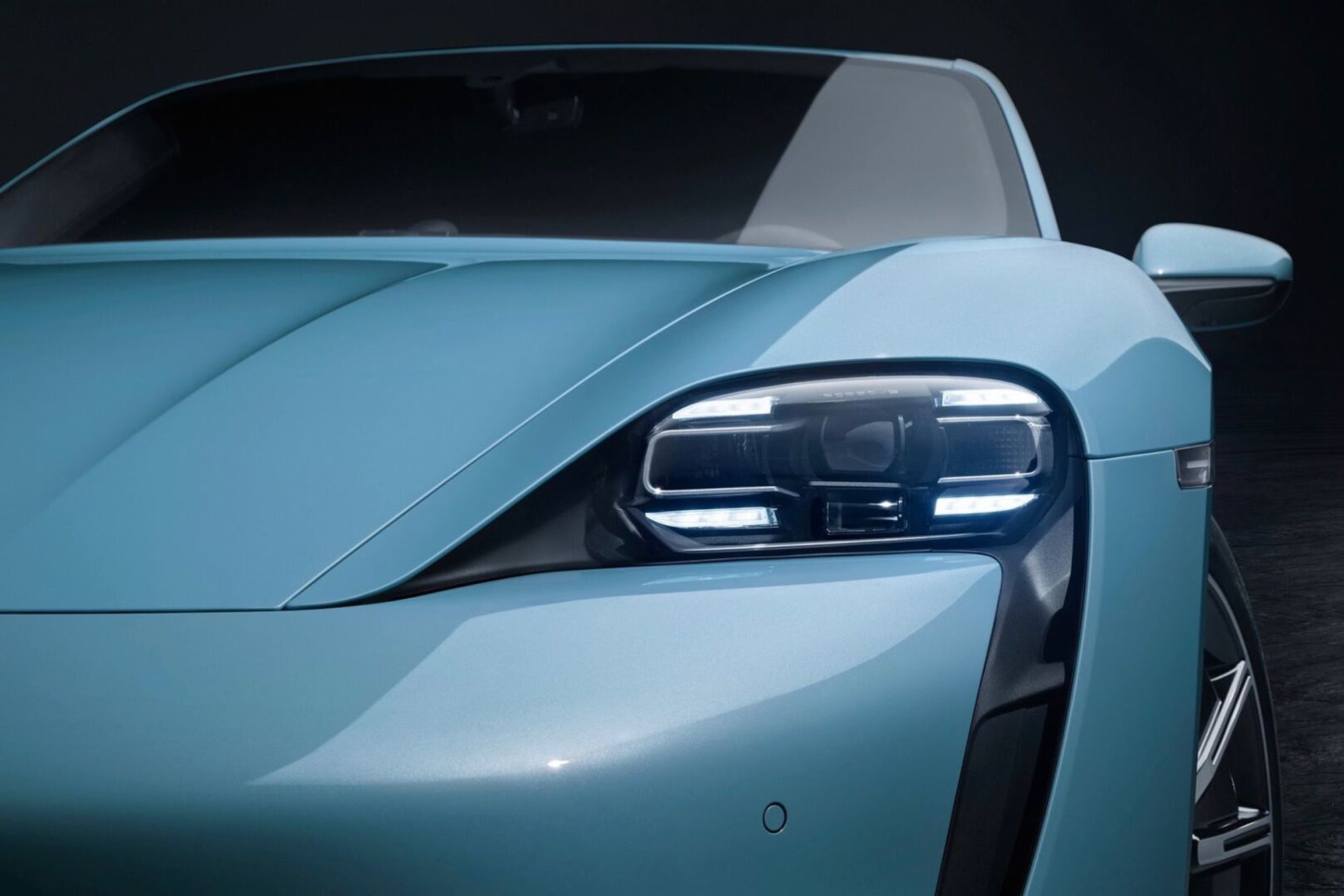What Are Adaptive Headlights?
Adaptive headlights are an important safety development, though limited to select models. Learn about what they do and where you can find them.
 Porsche
Porsche
You may already know that adaptive headlights are a valuable technology that helps drivers see better—especially under adverse driving conditions—because they expand the driver's range of vision, particularly when turning or cornering. Used in conjunction with other driver-assist features, such as hands-free dialing, adaptive headlights can help to reduce car accidents, too. However, if you'd like to learn exactly how these headlights work and where you can find them, keep reading.
What Are Adaptive Headlights?
While the technology is complex and may vary between auto manufacturers, adaptive headlights generally feature bulbs that rotate in the direction of the vehicle's movement or speed, expanding the driver's field of vision by pivoting up to 15 degrees as the steering wheel is turned or embedded sensors detect a shift in direction. As the headlights pivot, objects typically unreached by standard lighting—such as a pedestrian preparing to cross a poorly lit street or a deer ready to make a deadly dash across the road—are illuminated.
For optimum range, these systems are bundled with the brightest lighting technology; and some also include a self-leveling system that keeps headlights from pointing too high or too low when driving on hills.
When Did They Become Available?
Adaptive headlights aren't new, but they have evolved considerably. Manufacturers including Upton, Tucker, and Cadillac were early pioneers of the technology, but the first systems relied on manual inputs. Today's technology moves far beyond that.
Over time, the automotive industry has made a wholesale shift from incandescent bulbs to projector beams, and later, to high-intensity definition (HID) and light-emitting diode (LED) frontal lighting, including headlights. Each innovation welcomed much-desired improvements. Since the early 2010s, modern adaptive headlight technology has emerged and is generally available in luxury and mainstream brands. Today's systems are more intricate, with computer circuits and sensors utilized.
Who Offers Them?
Luxury brands routinely offer adaptive headlights, although the name of the headlights may differ by brand. For example, Mercedes-Benz calls their headlights an "Intelligent Light System," while Genesis named its package the "Adaptive Cornering System." Porsche offers the technology on many of their models, including the Taycan 4S pictured in this article. Lincoln, and Lexus also offer the technology.
Certain mainstream manufacturers also offer adaptive headlights, though the technology may be reserved for a top-trim car, pickup truck or utility vehicle, or bundled within a safety package. Subaru, Chevrolet, Mazda, Ford and Volkswagen offer adaptive headlights on some models.
Why Are They Important?
By pivoting approximately 15 degrees, drivers may be better able to see objects just outside of their normal range of vision, which can allow them a faster response time. When bundled with automatic emergency braking, the technology may prevent accidents. For consumers who regularly drive at night or on hills, these headlights may be a smart investment.
The benefits of advanced lighting may include reduced insurance claims: According to a study by the
Adaptive headlights can save the day—or at least prevent an unwanted encounter with a pedestrian or animal, potentially saving lives and reducing insurance claims. The equipment isn't cheap, because it's typically bundled with other driver-assist features. Nevertheless, if you are frequently behind the wheel at night, the technology may be the right choice for you.
Written by humans.
Edited by humans.
 Matt Keegan
Matt KeeganMatt Keegan is a lifelong car enthusiast, having “driven” his first real car at the tender age of five while sitting on his father’s lap. As soon as he acquired his license, he began exploring the open road and tinkering under the hood to fix the inevitable leaky radiator, broken belt, or mess with a stuck fan clutch. It is those experiences that convinced him to stick with writing and make good friends with mechanics. Matt regularly reviews new vehicles, advises friends and families on their next car purchase, and keeps his pulse on the automotive industry. His bucket list drive is navigating Alaska’s Dalton Highway and finishing that trip with a dip in the Arctic Ocean. In July, of course.
Related articles
View more related articles